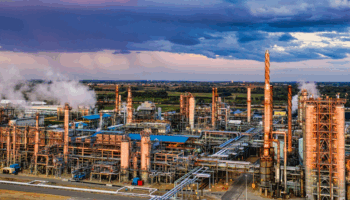The Future of Aviation: Opportunities in SAFs, Hydrogen, and Electric Aviation
Electric aviation marks a significant transformation in future aviation. The global passenger count, severely impacted in 2020 by COVID-19, is expected to recover to pre-pandemic levels by 2025, with about 4 billion passengers, and potentially surge to 8 billion annually thereafter, mainly due to growth in Asia and Africa. However, without significant intervention, this increase could lead to a rise in CO2 emissions from today’s 2 billion tonne to 3 billion tonne. To address this, global initiatives, led by the International Air Transport Association (IATA), which represents over 300 airlines, aim for net-zero emissions by 2050, underscoring the industry’s commitment to sustainability.
As we explore low-carbon aviation technologies, it’s essential to keep in mind the broader objectives of the aviation industry: flying more passengers while significantly reducing carbon footprints. In this eBook, we discuss innovative technologies that could revolutionize air travel in the decades to come.

Thank you!
Your download will start soon.
The Future of Aviation: Opportunities in SAFs, Hydrogen, and Electric Aviation
By:





